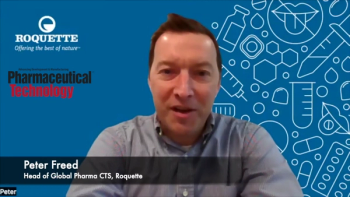
Tumour supressor gene identified
Researchers at the University of Kentucky (KY, USA) have located a gene that kills cancer cells while leaving normal cells intact.
Researchers at the University of Kentucky (KY, USA) have located a gene that kills cancer cells while leaving normal cells intact. The Par-4 gene was originally discovered in the prostrate, but it is not limited to that part of the body. "The gene is expressed in every cell type that we've looked at and it induces the death of a broad range of cancer cells," says Vivek Rangnekar, professor of radiation medicine at the university. "The interesting part of this study is that the killer gene is selective for killing cancer cells. It will not kill normal cells and there are very, very few selective molecules out there like this."
To investigate the potential therapeutic benefits of this gene, Rangnekar's team introduced it into the egg of a mouse, which was then planted into a surrogate mother. The mouse showed no sign of cancer, even when exposed to highly aggressive types. "The mouse itself does not express a large number of copies of this gene, but the pups do and then their pups start expressing the gene," says Ragnekar. "So, we've been able to transfer this activity to generations in the mouse." Not only did the mice with the gene not develop any tumours or defects, but they also grew normally and even lived a few months longer than the control animals, which indicates there were no toxic side effects.
"If you look at the pain that cancer patients go through, not just from the disease, but also from the treatment - it's excruciating," says Rangnekar. "If you can not only treat the cancer, but also not harm the patient, that's a major breakthrough."
Rangnekar admits there is much work to be done before the research can be applied to humans, but it could be possible to transfer the Par-4 molecule through bone marrow transplants where it could then be used to fight cancer cells in patients without the toxic and damaging side effects of chemotherapy and radiation therapy. However, there is much more research that needs to be carried out before a human treatment can be attempted.
Newsletter
Get the essential updates shaping the future of pharma manufacturing and compliance—subscribe today to Pharmaceutical Technology and never miss a breakthrough.





